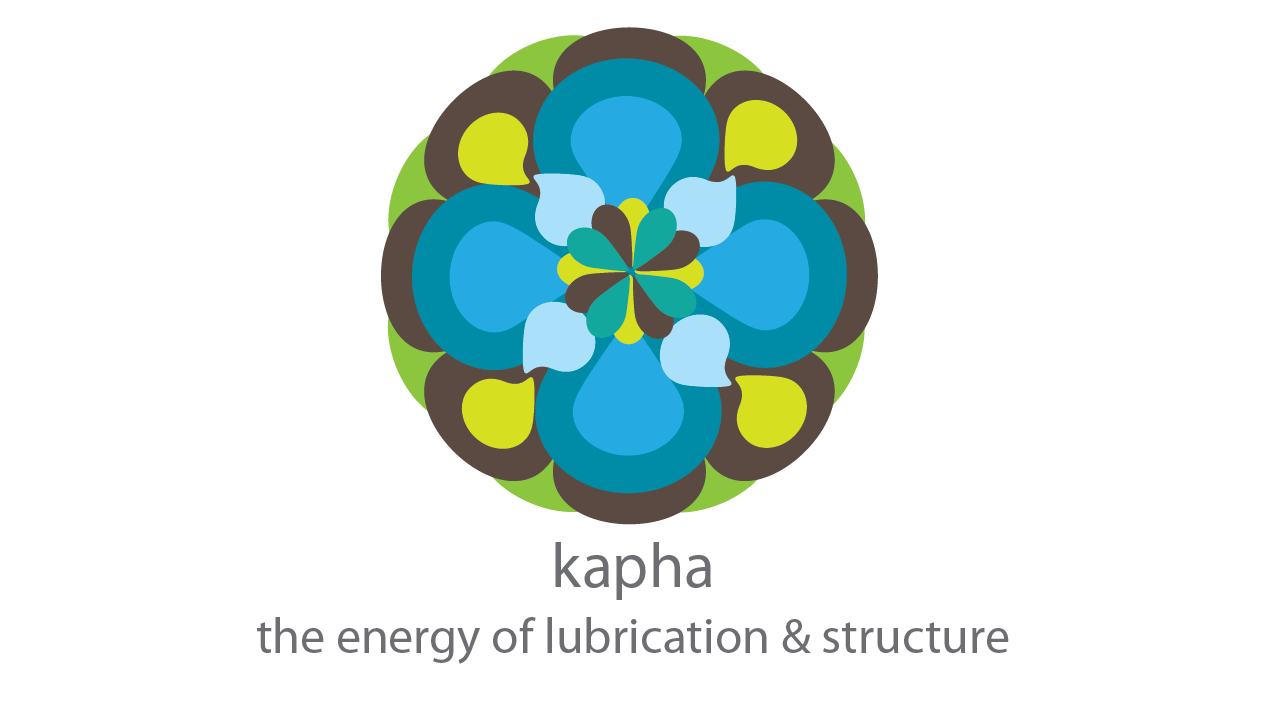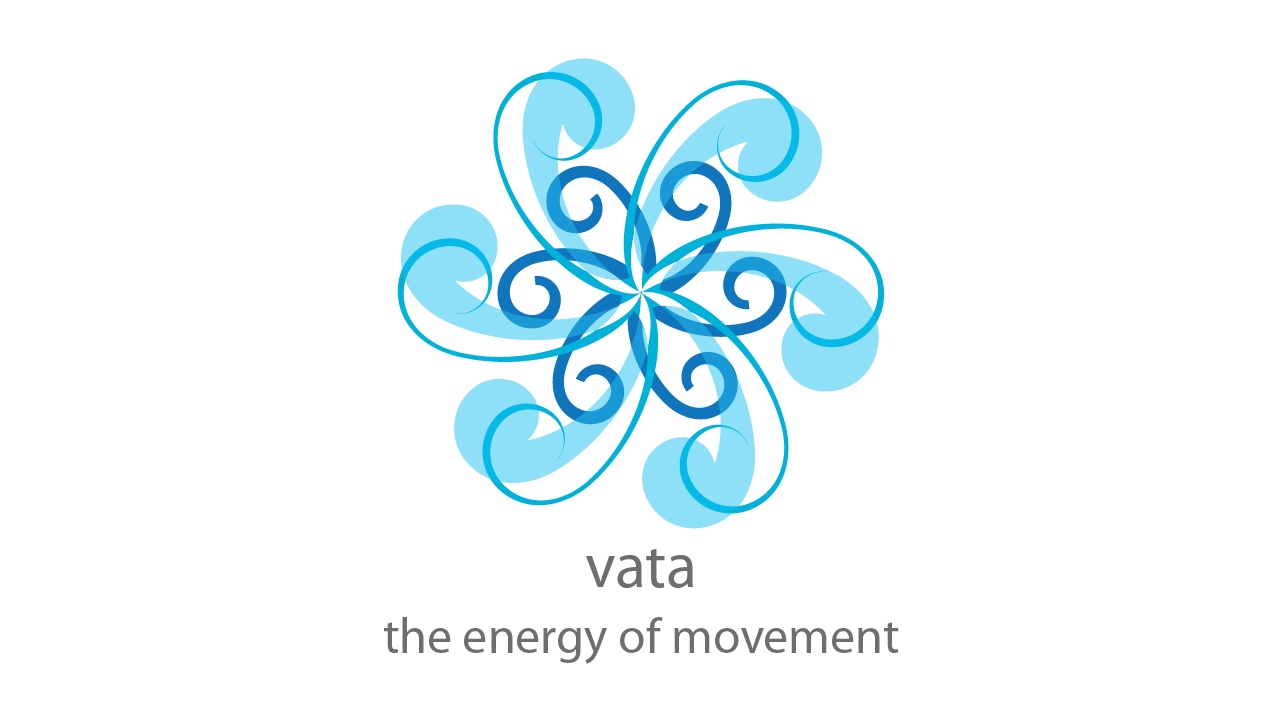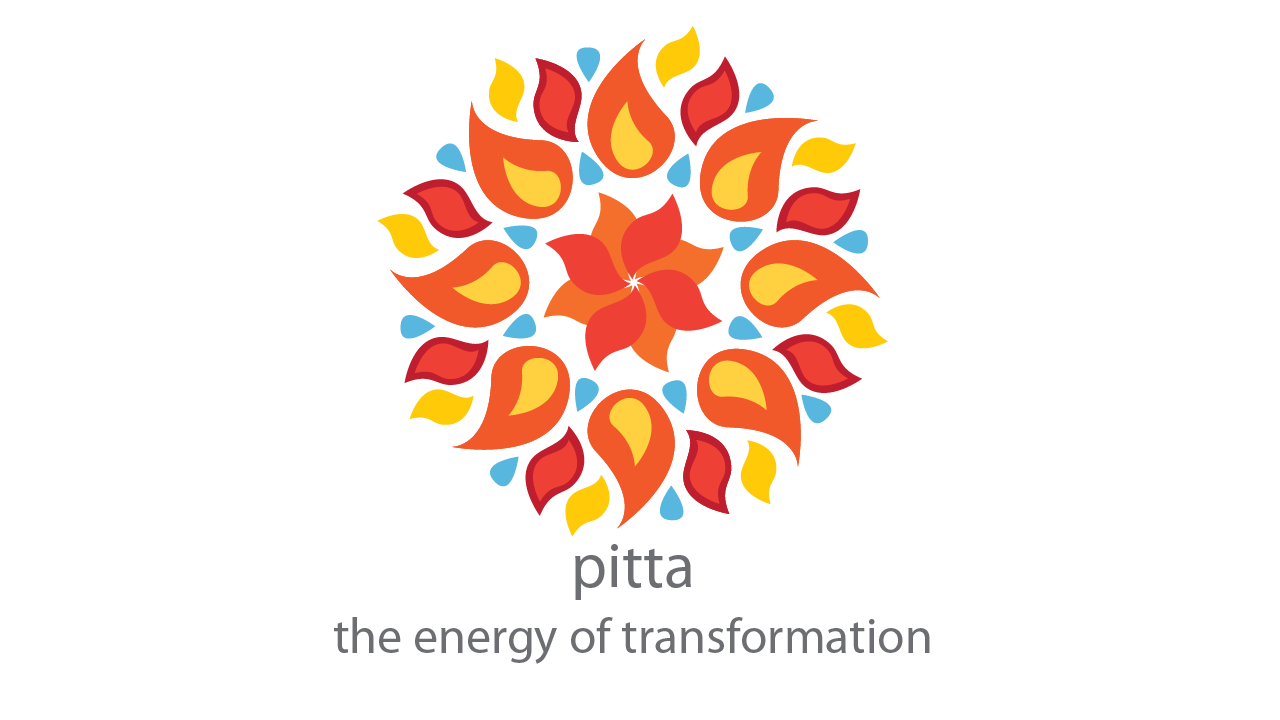Blog

Understanding Kapha, the Grounding Forces of Water and Earth in Ayurveda
In the intricate tapestry of Ayurveda, Kapha embodies the stabilizing forces of water and earth, offering a sense of stability, solidity, and cohesion within our bodies. Representing the binding substance and the glue that holds our physical and emotional beings together, Kapha plays a crucial role in maintaining harmony and equilibrium. Comprised of the qualities of oily, cold, heavy, slow, and stable, Kapha exerts its influence primarily in the upper portion of the body, including the chest and head. It governs vital organs such as the heart, lungs, brain, and sense organs, shaping our physical structure and providing support for bodily functions. When Kapha is in balance, it fosters qualities of strength, endurance, and nurturing. It imbues us with a sense of groundedness, contentment, and emotional stability. However, an excess or imbalance of Kapha can lead to a range of physical and emotional challenges. To maintain Kapha balance, Ayurveda suggests incorporating pungent, bitter, and astringent tastes into the diet to counteract its inherent heaviness. Conversely, sweet, salty, and sour foods should be consumed in moderation, as they can exacerbate Kapha qualities. Signs of aggravated Kapha include lethargy, sluggishness, weight gain, congestion, and a feeling of heaviness in the head. These symptoms may also manifest as a loss of sleep and a sense of emptiness in Kapha seats, such as the chest and head. To alleviate Kapha imbalances and promote vitality, Ayurveda offers a variety of practices and recommendations. Abhyanga, the practice of self-massage with invigorating oils, and Udwarthana, a stimulating dry powder massage, are beneficial for reducing Kapha accumulation and promoting circulation. In terms of diet, favoring less and light foods, along with incorporating dry, hot, and fresh ingredients, can help balance Kapha and stimulate digestion. Engaging in regular physical activity, especially in the form of energizing exercises, can also support Kapha balance by increasing warmth and circulation in the body. Ultimately, cultivating a harmonious relationship with Kapha is essential for nurturing stability, resilience, and vitality. By honoring the wisdom of Ayurveda and embracing practices that promote balance and well-being, we can harness the grounding forces of water and earth within us, fostering health, harmony, and inner strength.
- Post author By Dr.Greeshma
- May 13, 2024
- No Comments on Understanding Kapha, the Grounding Forces of Water and Earth in Ayurveda

Navigating Vata, the Essence of Air and Ether in Ayurveda
In the intricate tapestry of Ayurveda, the concept of Vata embodies the subtle interplay of air and ether, representing movement, transportation, and the essence of change. As the master of movement within the body, Vata governs various physiological functions, including circulation, respiration, and the flow of communication between cells and tissues. Comprised of the cold, light, dry, and mobile qualities, Vata is inherently dynamic and adaptable, manifesting as the force responsible for creativity, enthusiasm, and flexibility when balanced. However, an excess or imbalance of Vata can lead to a myriad of physical and emotional imbalances. The seat of Vata is said to reside in the lower portion of the body, including the lower abdomen, pelvis, ears, bones, and colon. When in harmony, Vata promotes a sense of vitality, creativity, and inspiration. However, when aggravated, it can manifest as restlessness, anxiety, dryness, and irregularity. Understanding the qualities that aggravate or pacify Vata is crucial for maintaining balance and harmony within the body and mind. Ayurveda suggests incorporating sour and salty tastes into the diet to pacify Vata, while reducing pungent, bitter, and astringent foods that can exacerbate its qualities. Signs of aggravated Vata include lack of enthusiasm, reduced speech, weakness leading to falls or injuries, rigidity, and feelings of fullness, especially in the bowels. To alleviate these symptoms and restore balance, Ayurveda offers a range of practices and remedies. Abhyanga, the practice of self-massage with warm, nourishing oils, and Swedana, a therapeutic steam therapy, are recommended to calm Vata and promote relaxation. Additionally, Virechana (therapeutic purgation) and Vasti (medicated enema) may be prescribed to detoxify and rebalance the body. In terms of diet, favoring unctuous, hot, and fresh foods, along with warming herbs and spices, can help pacify aggravated Vata. Avoiding excess stimulation and creating a consistent daily routine are also essential for grounding Vata’s airy nature and promoting stability. Ultimately, harmonizing the winds of change within our bodies is key to cultivating optimal health and well-being. By honoring the wisdom of Ayurveda and nurturing a harmonious relationship with Vata, we can navigate life’s transitions with grace, resilience, and inner balance.
- Post author By Dr.Greeshma
- May 13, 2024
- No Comments on Navigating Vata, the Essence of Air and Ether in Ayurveda

Understanding Pitta, the Dynamic Dance of Fire and Water in Ayurveda
In the ancient wisdom of Ayurveda, the concept of Pitta embodies the dynamic interplay of fire and water within our bodies. Representing transformation and metabolism, Pitta governs digestion, metabolism, and energy production, playing a pivotal role in maintaining overall health and vitality. Pitta, primarily composed of the fire and water elements, manifests as the energy responsible for metabolic processes, body temperature regulation, and the maintenance of healthy skin and vision. When balanced, Pitta fosters a sense of vitality, intelligence, and courage. However, an excess or imbalance of Pitta can lead to a host of physical and emotional disturbances. The seat of Pitta is said to reside in the stomach, lymph, plasma, eyes, skin, and blood, influencing various bodily functions. When in harmony, Pitta promotes a sense of lightness, clarity, and enthusiasm. However, when aggravated, it can manifest as excessive heat, inflammation, irritability, and digestive disturbances. Understanding the qualities that aggravate or pacify Pitta is essential for maintaining balance and harmony within the body and mind. Ayurveda suggests incorporating astringent and bitter tastes into the diet to pacify Pitta, while reducing pungent, sour, and salty foods that can exacerbate its qualities. Signs of aggravated Pitta include hypothermia, weakness of the digestive fire, lack of body luster, excess feeling of cold, changes in skin color, burning sensations, and skin problems. To alleviate these symptoms and restore balance, Ayurveda offers a range of practices and remedies. Abhyanga, the practice of self-massage with cooling oils, and Shirodhara, a soothing therapy involving the continuous flow of warm oil onto the forehead, are recommended to calm Pitta and promote relaxation. Additionally, Snehapana (internal oleation) and Virechana (therapeutic purgation) may be prescribed to detoxify and rebalance the body. In terms of diet, favoring sweet, sour, and salty foods, along with cooling herbs and spices, can help pacify aggravated Pitta. Avoiding excessive anger and incorporating calming activities such as walks in nature and uplifting conversations with loved ones can also support Pitta balance. Ultimately, embracing the dynamic dance of fire and water within our bodies is key to cultivating optimal health and well-being. By honoring the wisdom of Ayurveda and nurturing a harmonious relationship with Pitta, we can tap into our innate vitality and vitality, fostering balance, resilience, and radiant health.
- Post author By Dr.Greeshma
- May 13, 2024
- No Comments on Understanding Pitta, the Dynamic Dance of Fire and Water in Ayurveda

Embracing Wellness: The Timeless Advantages of Ayurveda
In a fast-paced world where modern medicine dominates, there’s a growing interest in traditional holistic healing practices like Ayurveda. Rooted in ancient Indian wisdom, Ayurveda is a system of medicine that has stood the test of time, offering a holistic approach to health and well-being. Let’s delve into the advantages of Ayurveda, exploring its unique principles and the profound impact it can have on our lives. Holistic Healing: Ayurveda views health as a balance between the body, mind, and spirit. Unlike conventional medicine, which often focuses on treating symptoms, Ayurveda aims to address the root cause of an ailment. This holistic approach promotes overall well-being by considering the interconnectedness of various aspects of our lives Personalized Health Care: One of the remarkable aspects of Ayurveda is its recognition that each person is unique. Ayurvedic practitioners assess an individual’s constitution, or “dosha,” to tailor treatments and lifestyle recommendations accordingly. This personalized approach ensures that the remedies align with an individual’s specific needs, promoting more effective and sustainable health outcomes. Natural Remedies Ayurveda relies on natural substances, such as herbs, minerals, and oils, to promote healing. These remedies are often gentle on the body, minimizing the risk of adverse side effects commonly associated with synthetic drugs. Nature’s pharmacy provides a rich source of therapeutic options, and Ayurveda harnesses this power to restore balance and vitality. Mind-Body Connection Ayurveda recognizes the intimate connection between the mind and body. Stress, emotions, and mental well-being are integral components of overall health. Ayurvedic practices, including meditation, yoga, and mindfulness, are woven into the fabric of Ayurveda to foster mental clarity, emotional balance, and a harmonious connection between mind and body. Preventive Healthcare Ayurveda places a strong emphasis on preventive measures. By identifying imbalances and addressing them before they manifest as illness, Ayurveda empowers individuals to take an active role in maintaining their health. Healthy lifestyle choices, dietary habits, and regular detoxification play key roles in preventing disease and promoting longevity. Conclusion In a world increasingly seeking holistic and natural approaches to health, Ayurveda shines as a beacon of ancient wisdom. Its personalized, holistic, and preventive principles offer a unique perspective on well-being. As we navigate the complexities of modern life, embracing the advantages of Ayurveda may be a transformative journey toward balance, vitality, and enduring health. Embark on the path of Ayurveda, where the ancient meets the modern, and discover the timeless advantages that can enhance your physical, mental, and spiritual well-being.
- Post author By Dr.Greeshma
- December 6, 2023
- 1 Comment on Embracing Wellness: The Timeless Advantages of Ayurveda